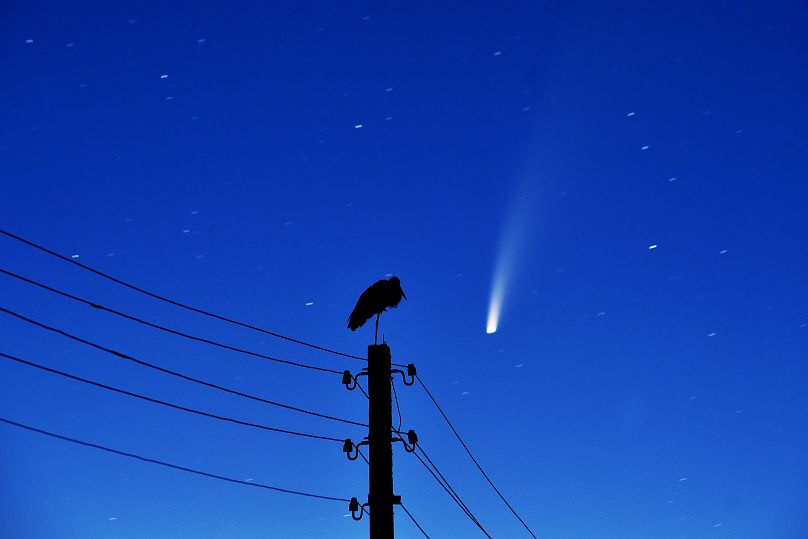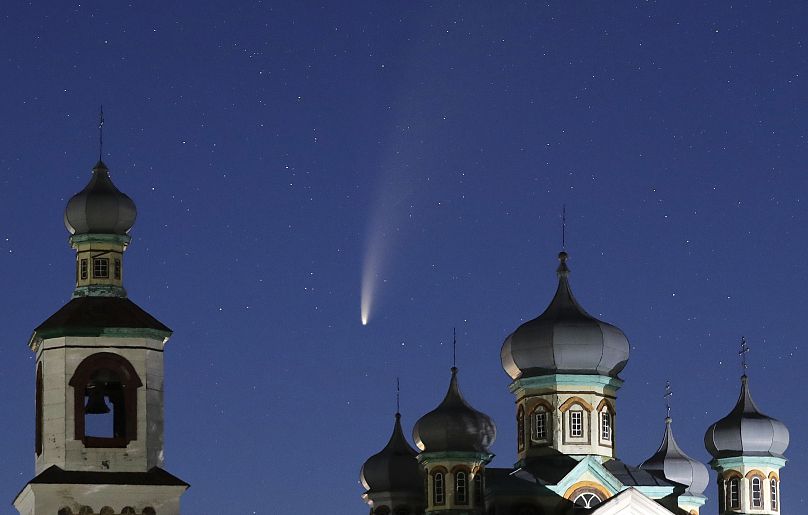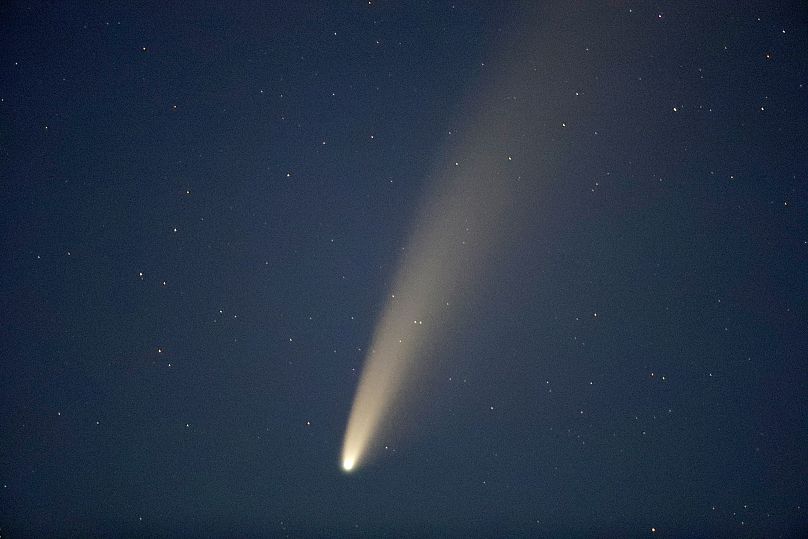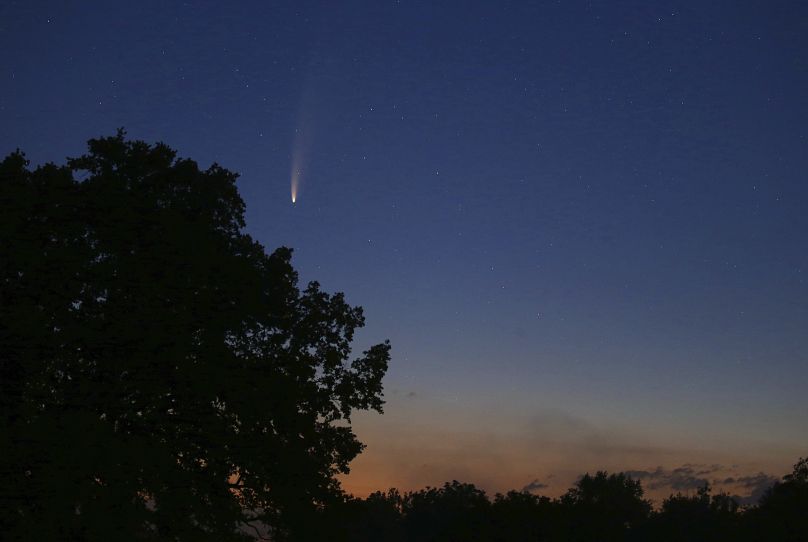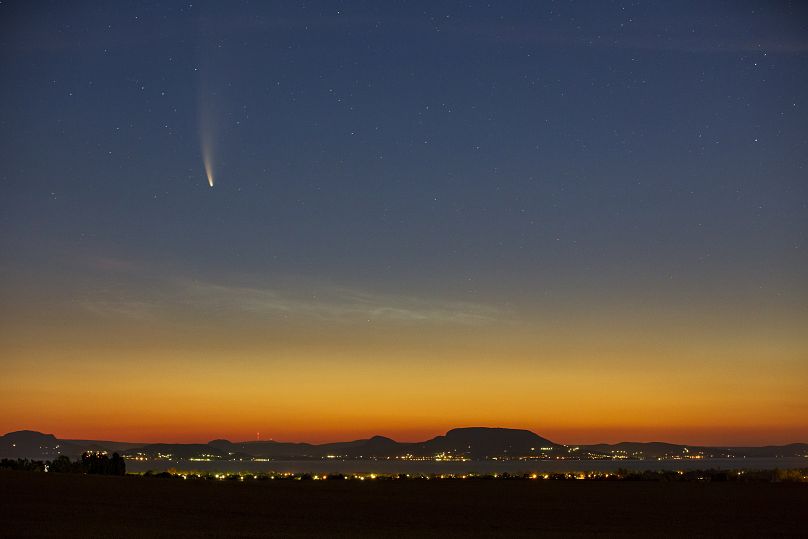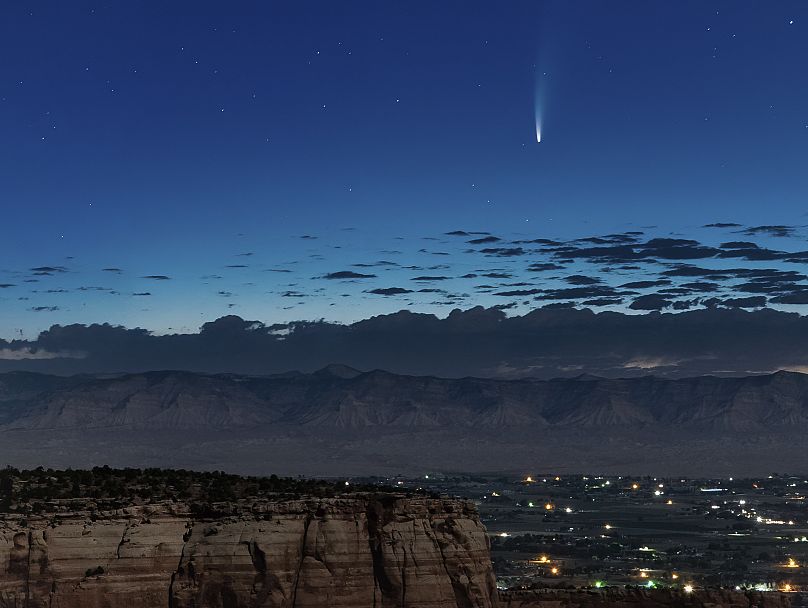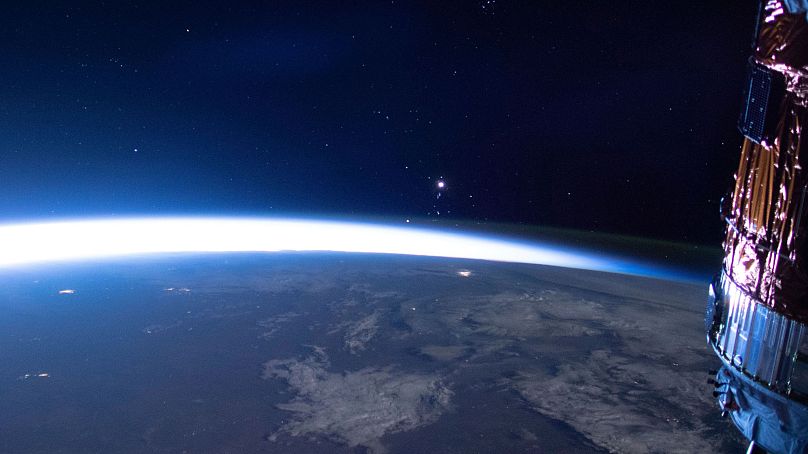Comet Neowise can currently be seen with the naked eye in dark skies - but get a good look because it won't be back for 7,000 years.
A rare cosmic event is taking place in the skies above the Earth. Neowise, a comet which was only discovered in March this year, has been visible to the naked eye for some days, and will remain so until mid-August.
It is the brightest comet visible from the Northern Hemisphere in around 25 years. Its close proximity to the Sun caused dust and gas to burn off its surface, creating a trail of debris.
Neowise - officially called Comet C/2020 F3 NEOWISE - passed closest to the Sun on July 3 and its closest approach to the Earth will occur on July 23.
It is named after NASA’s Neowise infrared space telescope, which spotted the comet in March.
Seeing the icy visitor on its visit to the central solar system is a truly once in a lifetime opportunity. It won’t be coming back past the Earth for around 7,000 years.
“From its infrared signature, we can tell that it is about 5 kilometres across, and by combining the infrared data with visible-light images, we can tell that the comet's nucleus is covered with sooty, dark particles left over from its formation near the birth of our solar system 4.6 billion years ago,” said Joseph Masiero, NEOWISE deputy principal investigator at NASA's Jet Propulsion Laboratory in Southern California.
Star-gazers can spot Neowise with the naked eye in dark skies with little or no light pollution, but it is better viewed with binoculars.
At the moment (July 13) the best time to see it is just before dawn, in a northeasterly direction, according to the Instituto de Astrofísica de Canarias. You will have around half an hour to see it, before daylight blocks it from view.
In North America, on the other hand, you will need to look in a northeasterly direction, near the Big Dipper, according to NASA. The space agency warns that comets are perhaps the most unpredictable astronomical events so it is not possible to know how long it will remain easily visible.
It is currently best seen just before sunrise, but as its position in the sky changes it will become more visible in the evening after sunset.
After July 22, when it is at its closest point to Earth at a mere 103.5 million km away, the comet will begin to fade from view as it travels away.












